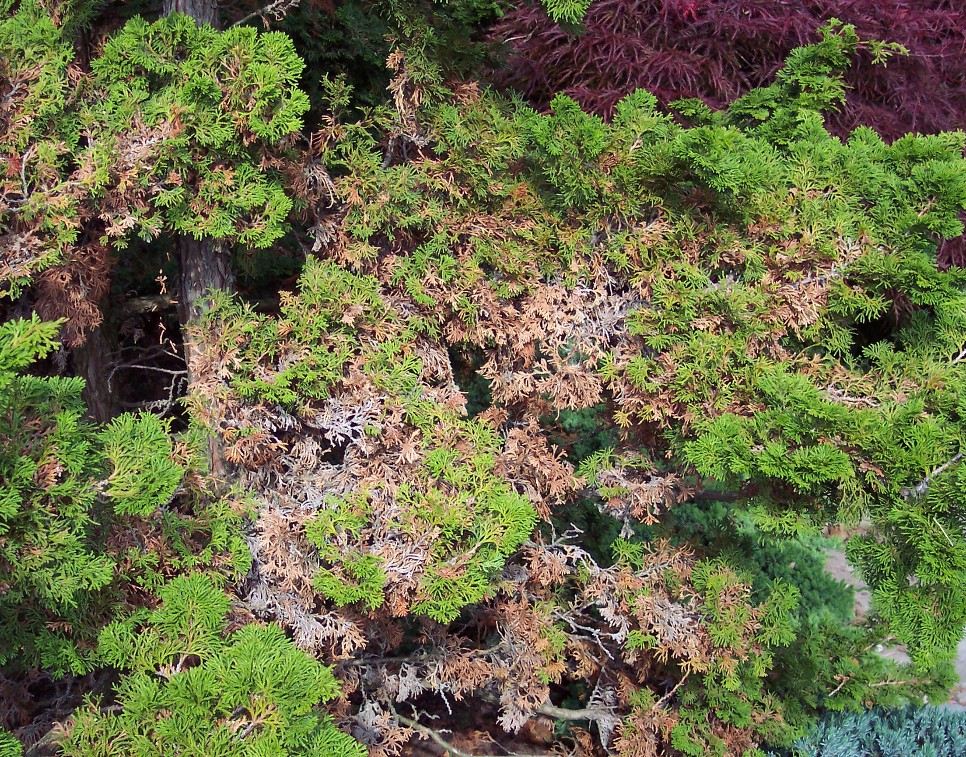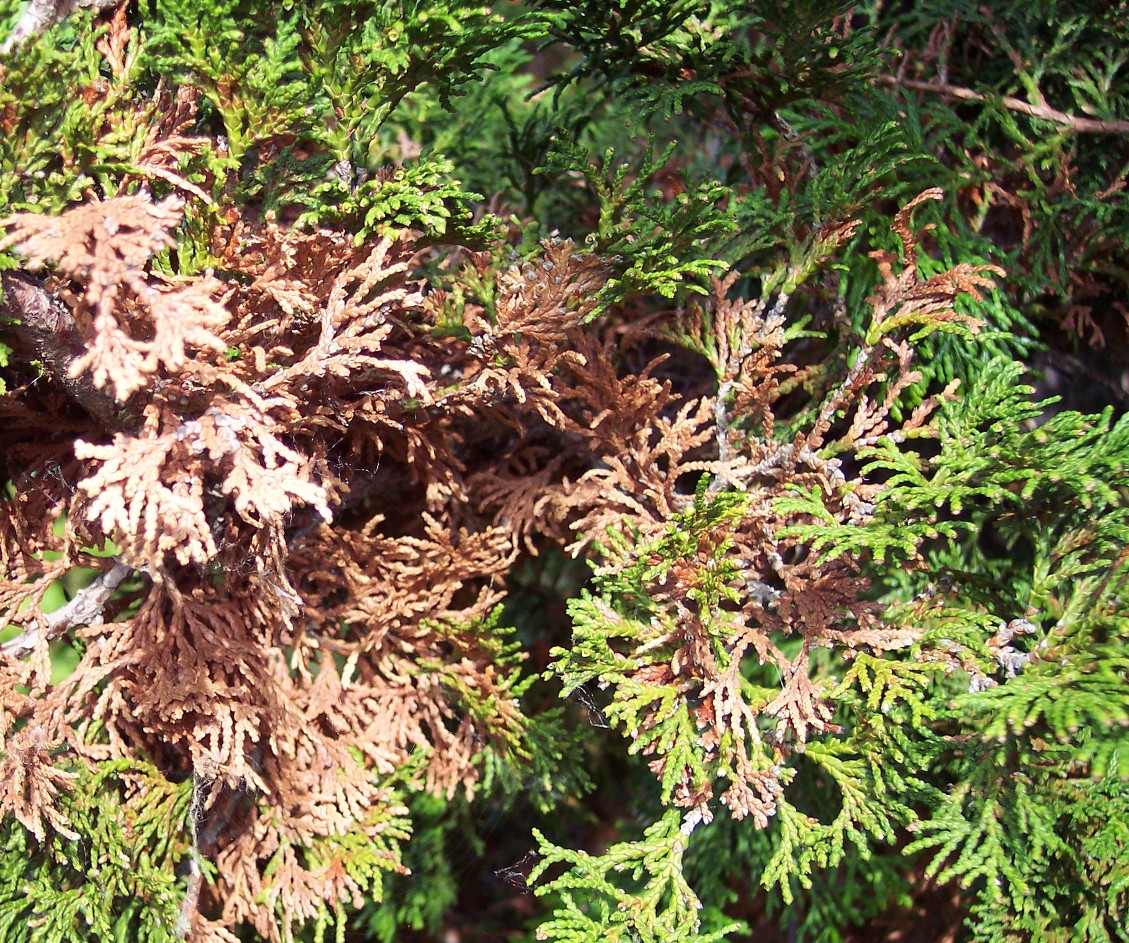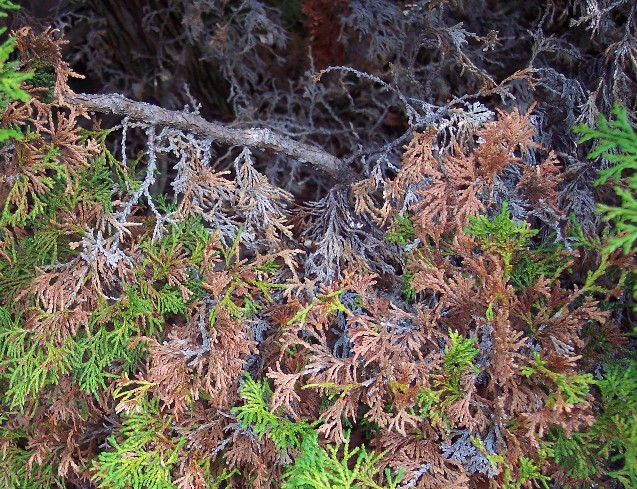What do you think?
This is the first I have seen these (new client). He said they were slightly brown last year, but much worse this year. I have a guess, but am curious what others think first.
As you can see the older growth is brown. I can see where there is some longer dead stuff, but most of it looks like it was pretty recent.
Thanks!


This is the first I have seen these (new client). He said they were slightly brown last year, but much worse this year. I have a guess, but am curious what others think first.
As you can see the older growth is brown. I can see where there is some longer dead stuff, but most of it looks like it was pretty recent.
Thanks!







